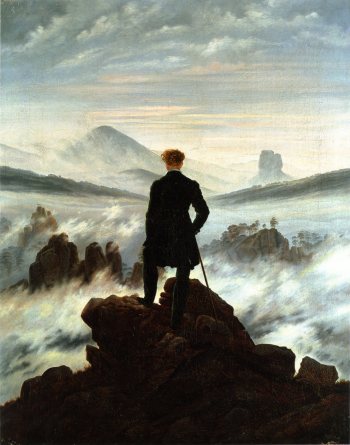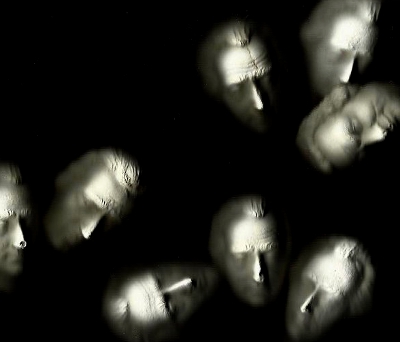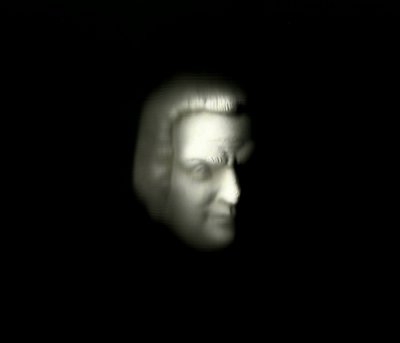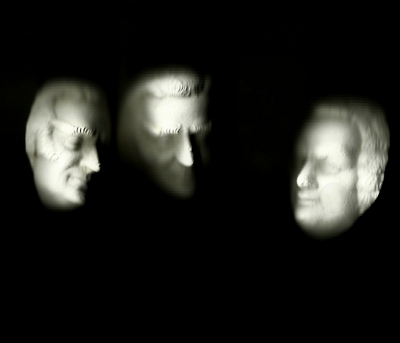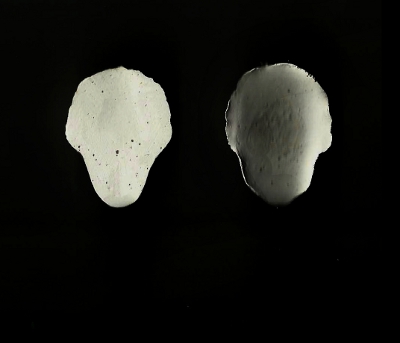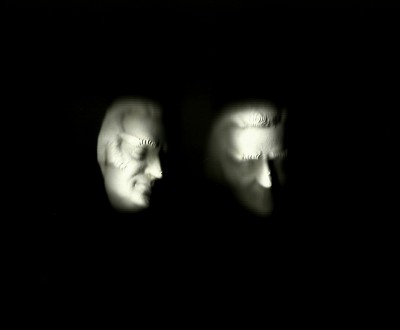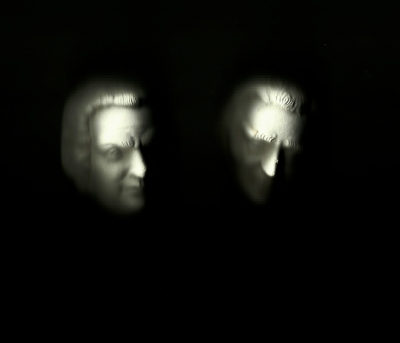GMU:Provokative Architektur/Jeremy Booth/workings part 3: Difference between revisions
(Created page with "==workings, gathering images and objects of interest== File:Der-wanderer-ueber-dem-nebelmeer.jpg ''Der Wanderer über dem Nebelmeer'' (Wanderer Above the Mist) by Caspar Da...") |
|||
| (2 intermediate revisions by the same user not shown) | |||
| Line 1: | Line 1: | ||
==workings, gathering images and objects of interest== | ==workings, gathering images and objects of interest== | ||
[ | [http://en.wikipedia.org/wiki/The_Sorrows_of_Young_Werther The Sorrows of Young Werther (''Die Leiden des jungen WerthersDie Leiden des jungen Werthers'')] | ||
'' | This book has been central to my interest in Goethe's work. Particularly; Goethe's subsequent distancing of himself from the Romantic movement in which he himself was so instrumental. His favouring of the Classical, but with an underlying Romantic foundations is something I'm very interested in hinting at within my work. | ||
[ | Of course Thomas Mann's 1939 novel [http://en.wikipedia.org/wiki/Lotte_in_Weimar:_The_Beloved_Returns Lotte in Weimar: The beloved returns] is an interesting response to Goethe's novel which is also of interest to my project. The novel takes Goethe's denouncement of Romanticism as a premise for the return of the woman that Lotte's character was based on, to Weimar at the height of Weimar Classicism. | ||
[[File: | [[File:Der-wanderer-ueber-dem-nebelmeer.jpg]] | ||
''Der Wanderer über dem Nebelmeer'' (Wanderer Above the Mist) by Caspar David Friedrich, 1818. This painting was included in a 1902 edition of The Sorrows of Young Werther as a lead into the second part of the book (Book 2) and has also been openly referred to and appropriated by a number of artists and causes. | |||
[[File:Masks, rear.jpg]] | [[File:Masks4.jpg]] [[File:Masks5.jpg]] [[File:Masks1.jpg]] [[File:Masks, rear.jpg]] [[File:Masks2.jpg]] [[File:Masks3.jpg]] | ||
experiments with scanning the masks | |||
[ | [http://www.uni-weimar.de/medien/wiki/GMU:Provokative_Architektur/Jeremy_Booth '''<< back to index'''] | ||
[http://www.uni-weimar.de/medien/wiki/GMU:Provokative_Architektur/Jeremy_Booth/workings_part_4 '''>> next chapter'''] | |||
Latest revision as of 16:56, 26 February 2013
workings, gathering images and objects of interest
The Sorrows of Young Werther (Die Leiden des jungen WerthersDie Leiden des jungen Werthers)
This book has been central to my interest in Goethe's work. Particularly; Goethe's subsequent distancing of himself from the Romantic movement in which he himself was so instrumental. His favouring of the Classical, but with an underlying Romantic foundations is something I'm very interested in hinting at within my work.
Of course Thomas Mann's 1939 novel Lotte in Weimar: The beloved returns is an interesting response to Goethe's novel which is also of interest to my project. The novel takes Goethe's denouncement of Romanticism as a premise for the return of the woman that Lotte's character was based on, to Weimar at the height of Weimar Classicism.
Der Wanderer über dem Nebelmeer (Wanderer Above the Mist) by Caspar David Friedrich, 1818. This painting was included in a 1902 edition of The Sorrows of Young Werther as a lead into the second part of the book (Book 2) and has also been openly referred to and appropriated by a number of artists and causes.
experiments with scanning the masks
